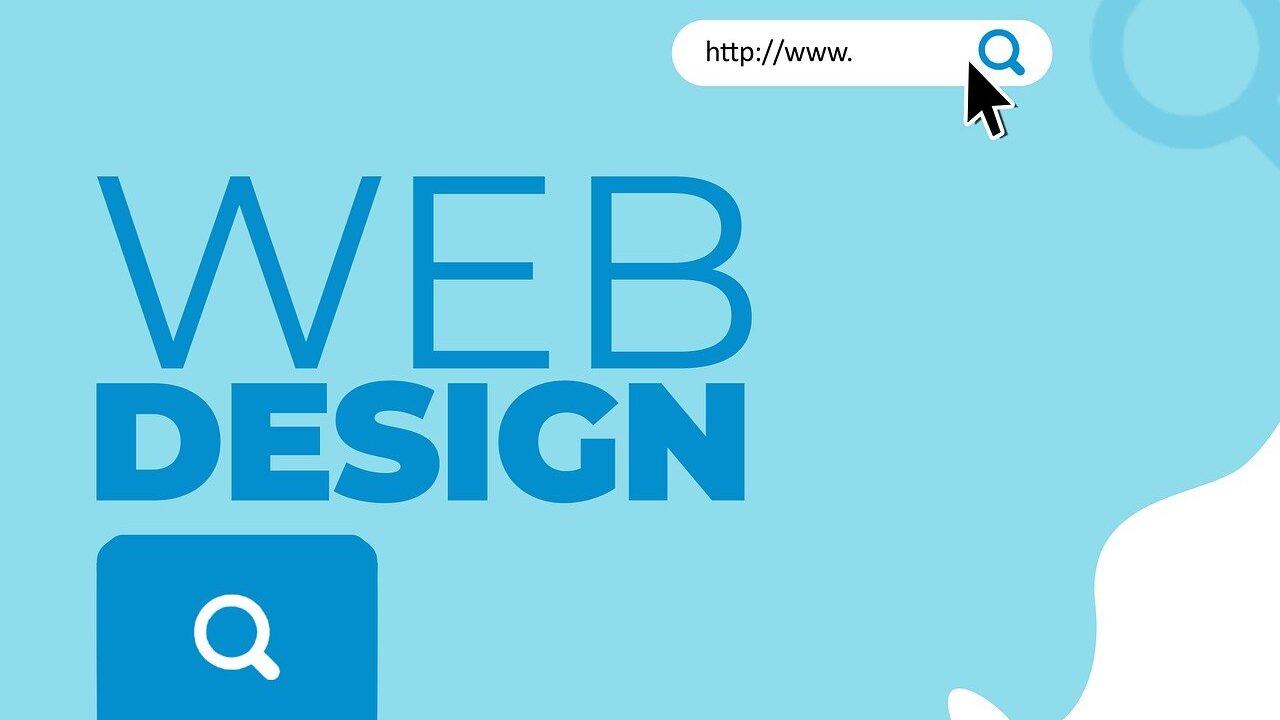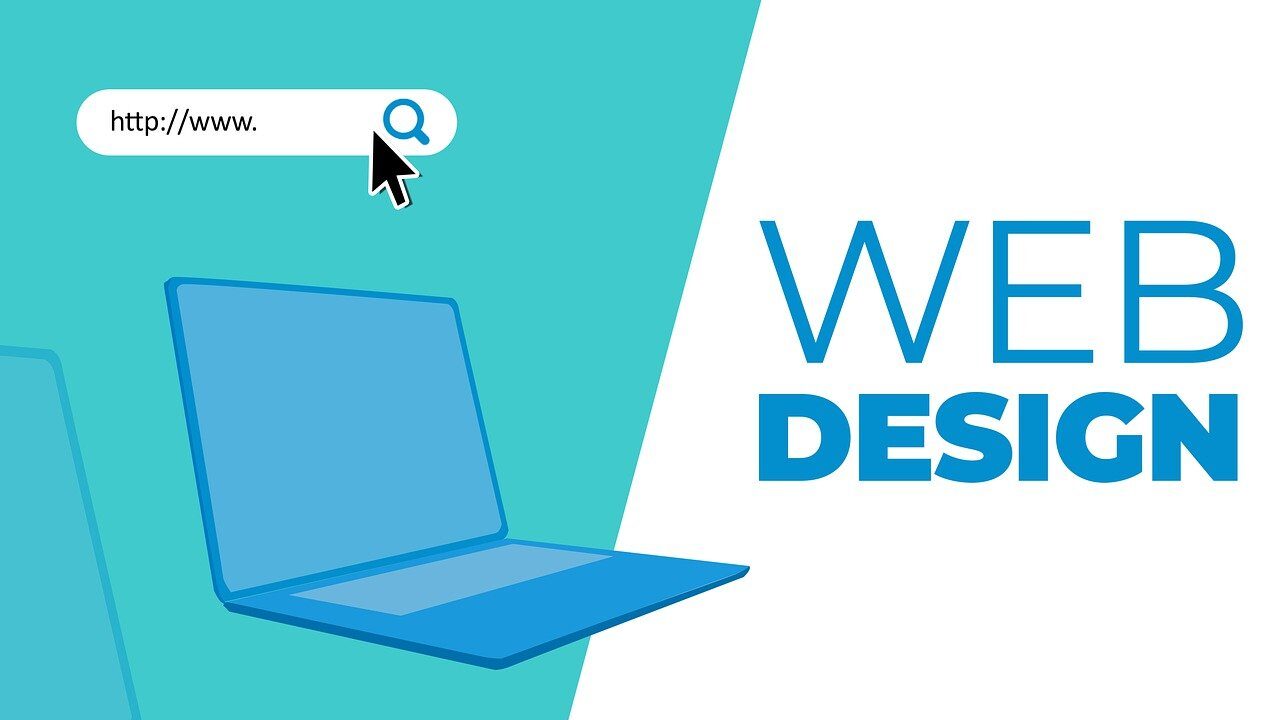Web design is a very promising career path. With the internet functioning as a bridge connecting people from different parts of the world together, web designers have played a key role in the functionality and structure.
Technological advancements have aided the process of development for web designers. Today, with the right tools, anybody can learn and become a professional web designer in little time.
In this guide, you will learn how to start a career in web designing. Furthermore, you will learn the different aspects of web design and you can choose the aspect wherein you want to pursue a career.
What is Web Designing?
Web design is simply the process involved in designing a website for it to be displayed on the internet. This process pays attention to the web development process rather than the software development process.
For a long time, website design focused on designing web pages for desktop browsers, but currently since the rapid adoption and use of mobile devices and tablets, web designing for these products has become a top priority as many professionals learn and execute it.
Why Is Web Design Vital?
Web design is a vital part of the entire web development process. The right design will improve your web presence, increase your trust in your industry, and retain your visitors. Apart from this, there are a lot of other reasons you must adopt website design which include:
Creates Lasting Impression
Anyone who visits your website for the first time is either impressed or leaves with a lot of regrets. You must ensure they constantly experience the former and a key part of this is making your web design process simple, attractive, and responsive.
If your website looks unappealing or outdated, your audience will exit with a poor impression of your business and brand. And they will share their review which will further dampen your chances. This way, you’ll lose a lot of leads that would have converted to customers.
Web design is vital as it offers people a strong perception of your brand. A great web design will help you create a lineup of services that your audience can grab.
Makes SEO Efficient
Many web design elements and practices determine how you upload content on your website, which in turn affects how search engine spiders crawl your site.
Knowing the importance of crawling and how it affects your rankings, you can’t afford to fail in this area. If your SEO fundamentals aren’t top-notch, it is difficult accessing your audience which will make you lose ranking and traffic to your website.
Apart from content, poor web design can hamper the SEO efforts of your platform. Web design can be a stumbling block when you have little knowledge of it as you must know the right codes that will boost your SEO efforts.
Build Your Trust With Audience
People usually dislike poorly designed websites. If your visitors perceive you don’t know your craft, they won’t trust your site. They can assume that you lack competence, which can hamper your marketing efforts.
It’s vital to build trust with your audience so they can hang in on your site. When visitors stay on your site longer, you can create techniques that will boost your marketing.
Your competitors are using every form of web design available to get a hang of your products and customers. This reason should propel you to utilize web design seriously for your platform.
Your website can stand out from the competition if you use the right strategies. An old, outdated, and inferior website will only ensure your competitors outrank you every time. Hence, you must take advantage by building something better than your competition.
Your website’s design helps you stay ahead of your competition. This way, you will not debate with pricing and you will attract a pool of high-end customers.
Conclusively, a well-designed website allows you to express the best features of your business offerings. It offers you the edge you need to beat your competition.
Promotes Consistency
Consistency is a vital part of the branding business. By consistently telling a story and using a range of designs, you make it easy for your customers and audience to trust your brand. This trust will be replicated through their orders and engagement.
By using the same fonts, styles, and layouts across every page on your website, your audience tracks your consistency. However, if every page of your website uses a different font and colour, it will make your website look unprofessional and uncoordinated.
By remaining consistent, your leads will spend a long time on your business familiarizing themselves with its values, services, and offerings. As you progress, you will constantly draw leads and customers using this key strategy.
What Do Web Designers Do?
Web designers work on the appearance, layout, and most times, content of a website. These professionals combine different applications that help them create codes that reflect certain representations.
As a web designer, you must create a functional platform that is interactive for your visitors and customers. The pages must contain information vital for the end-users eliminating all features that will make the users distracted.
Web designers perform a lot of duties. According to Robert Half, a web designer’s core responsibilities include:
- Designing engaging and responsive landing pages
- Integrating client CMS programs and data feeds into websites
- Optimising sites for maximum speed and scalability
- Employing industry and design best practice through website build process
- Conducting website testing
- Liaising with back-end developers to ensure web and app logic is properly integrated
- Ensuring website function and stability across devices i.e. desktop, mobile, tablet
- Working with marketing and research teams to incorporate brand elements and relevant market research findings into website
- Providing internal support and external customer service throughout the build and launch process of the website
What Are the Common Methods of Website Design?
Web design is a complete process hinging on different aspects. However, there are two methods involved in the entire web design process. These methods are responsive and adaptive designs.
Responsive Design
Responsive design is the strategy that posits a design and development should acknowledge the user’s behaviour and environment hinging on the platform, screen size, and orientation. Essentially, this means that the platform is created with the flexibility of adapting to the needs of any device.
A responsive web design comprises images, flexible layouts and grids, and vibrant use of CSS media queries. To put this into perspective, if a user is using a website on their desktop and wants to switch to their mobile phone, the mobile phone will adopt the design using the layouts for the mobile.
Conclusively, technological features on a website help its responsiveness. And with more devices containing these structures, they can make it easier for a website to function with ease.
Adaptive Design
Adaptive design is a user interface that’s adapted to a unique range of screen sizes. It comprises multiple fixed layouts where the size that is properly aligned with the user’s device is rendered notwithstanding if it’s a phone, tablet, computer, or something in between.
Adaptive design explains the use of a mobile and a desktop version of a page, either of which is dependent on the user-agent specified in the HTTP GET request, also defined as dynamic serving. This web design method is one of the first strategies for optimizing a site for mobile readability.
Although many websites adopt either responsive or adaptive web design techniques, the two designs are not mutually exclusive, and the best techniques for the most universally readable designed content employ a combination of the two techniques to support a complete spectrum of hardware and software.
What are the Types of Web Design Layout?
In web design, different layouts make certain things possible. These layouts include:
Static Page Layout:
Static Websites layout to offer a standard width to present sites and not change the width on browser, or update the content in a static website. The static layout is very light on codes, hence it makes pages load faster. Static layout pages can be designed from one page to hundreds of pages. These codes are seen on mobile phones and PCs when you scroll the display. These web layouts are cheap to design and execute.
Dynamic Website Layout:
Dynamic Website design can be simple or difficult depending on the customer’s needs. You can build dynamic websites such as JavaScript, .net, .php, open-source, jquery etc with your creativity to design and develop. These pages are easy to manage and navigate with the help of a CMS.
Fixed design Layout:
A fixed website design layout follows coverings and aspects with fixed widths. When the browser on a screen is distended or reduced, images and text can fall off the screen easily. Most website users browse in 1024×768 resolution or higher in fixed design layout.
How To Start a Career in Web Designing
Web designers are the frontiers at this time of the internet. Through websites, people can access information, purchase products, and broadcast messages. Web designers are greatly involved in website creation, from the technical considerations to the aesthetics of the website.
To start a career in web designing, you need to:
Pick Specification
Building a website is quite a complex task. And the proficiency of any web designer is the aspect of web designing they choose to master. By building expertise in Java, CSS, and PHP, you can become a professional in the basic aspects of web designing.
Getting a great understanding of the aspect of web design that interests you will help motivate you to learn and better yourself as you grow.
Get Education
There’s no academic institution with a program on web designing. Hence, it makes it possible to learn web designing with or without formal education or certification.
The knowledge of coding can help you create great codes, but that knowledge alone isn’t sufficient in helping you become a great web designer. By adding a level of formal education in areas such as computer science or engineering, you strengthen your knowledge and put your ideas into perspective.
If you don’t like the idea of attending a formal educational institution, you can attend coding boot camps which offer short-term highly intensive training options for students.
Develop Skills
In web designing, skills trump every form of academic education when you seek employment. Every company wants an employee that can represent their designs into codes that work, not those with a lot of theoretical knowledge gained from educational institutions.
Every prospective web designer must obtain expertise in the three core programming components: HTML, CSS, and JavaScript. Additionally, they can learn CSS frameworks and also be proficient in back-end languages like Ruby, Java and with tools such as SQL Server.
Practice
Coding demands practice for you to gain mastery. To gain mastery, you need to consistently code. A great way to get coding experience would be to set up an account with a platform like GitHub. By practising coding and getting your hands strong in Git, you attract clients and customers steadily.
Conclusion
Web design is a vital aspect of the internet, making it possible to represent usable information written in codes for the user who wants to interact or do business on a platform. As a technical skill, people can learn web design by getting someone to teach them or by watching videos online.
It can take about two to four years to learn web designing as research keeps producing greater knowledge. Creative individuals thrive in web designing owing because of the need to constantly keep abreast of new technology which makes learning continuous.
The field of web design will continue to grow at an alarming rate as the demand for mobile-responsive websites increases, thus the field provides you with great opportunities for career advancement and job security. Hence, if you want to start a career in web designing, do it immediately.





